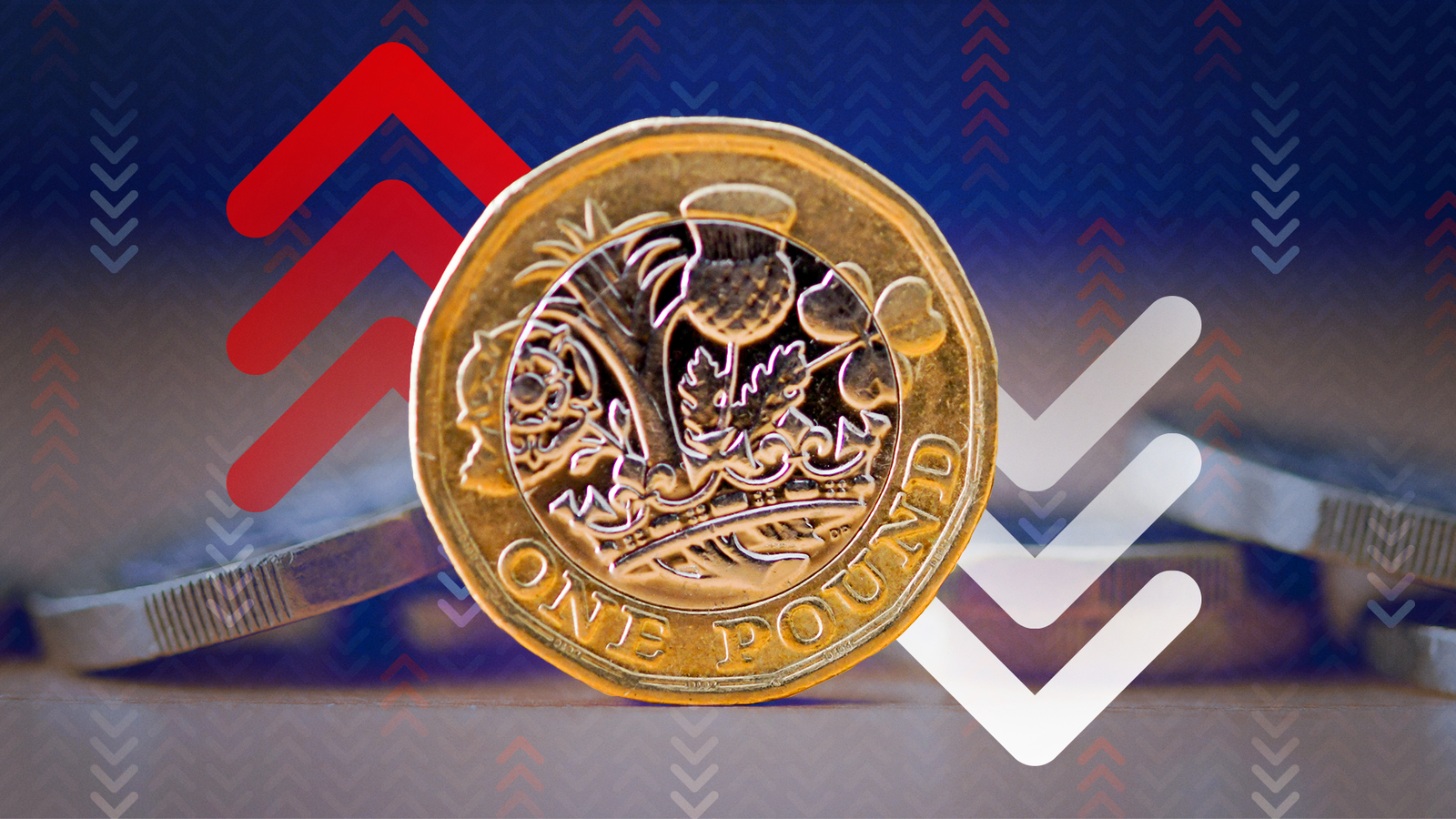U.K News
Inflation rises to a high not seen in nearly a year – official figures

Inflation Surges to a Near-Year High: What You Need to Know
The latest official figures reveal a surprising leap in inflation, pushing it to its highest level in nearly a year. According to data from the Office for National Statistics (ONS), the Consumer Price Index (CPI), which measures the overall rise in prices of goods and services, jumped to 3% in January. This represents a significant increase from December’s 2.5%. The surge defied expectations, as economists polled by Reuters had forecast a more modest rise to 2.8%. This sharp uptick in inflation means that prices are now rising faster than at any point since March of last year.
Why Are Prices Rising So Fast?
The root causes of this sudden increase in inflation are multifaceted. A key driver has been the soaring cost of transport, which has been fueled by higher fuel prices and changes in seasonal travel trends. Flight prices, for instance, did not drop as much as they typically do during this time of year, contributing to the upward pressure on transport costs. Another major factor has been the rise in food and non-alcoholic beverage prices, with items like meat, bread, and cereals becoming significantly more expensive. Additionally, private school fees saw a steep increase of nearly 13% due to new VAT (Value Added Tax) rules. These factors combined to push inflation higher than anticipated.
What Does This Mean for Interest Rates?
The surge in inflation has important implications for monetary policy, particularly for interest rates. The Bank of England has a target inflation rate of 2%, and with inflation now standing at 3%, it is well above this threshold. This makes it less likely that the Bank will cut interest rates in the near future. In fact, traders are pricing in an 82% chance that the Bank will not cut rates at its upcoming March meeting. While two more rate cuts are still expected later in the year, the higher-than-expected inflation figures may prompt policymakers to exercise caution before taking action.
Some Positives for Policymakers
While the overall inflation picture is concerning, there are some encouraging signs for the Bank of England’s rate-setters. Services inflation, which is influenced by wage growth, rose to 5%—a figure slightly below the expected 5.2%. This suggests that while wages are increasing, they are not yet driving inflation as aggressively as feared. Additionally, the core inflation measure, which strips out volatile food and energy prices, rose to 3.7%—in line with expectations. These developments indicate that inflation may not spiral out of control, giving policymakers some breathing room as they weigh their next moves.
The Impact on Everyday Life
For consumers, the rise in inflation means that everyday expenses are becoming more costly. Transport, food, and education costs are all areas where the pinch is being felt most acutely. The increase in private school fees, for example, will put additional pressure on families already grappling with rising bills. Meanwhile, the higher cost of food staples like meat, bread, and cereals will hit household budgets hard, especially for lower-income families. These increases serve as a reminder that inflation is not just an abstract economic concept but has real-world consequences for people’s daily lives.
The Government’s Response
In response to the inflation figures, Chancellor Rachel Reeves emphasized the government’s focus on supporting families and driving economic growth. She noted that since the election, year-on-year wage growth after inflation has been at its fastest rate, with the average worker seeing an extra £1,000 per year. However, she acknowledged that many families are still struggling to make ends meet. To address this, the government has pledged to go “further and faster” to deliver economic growth. This commitment underscores the need for policies that not only control inflation but also ensure that the benefits of economic growth are shared more widely.


















